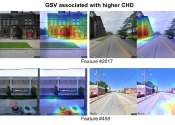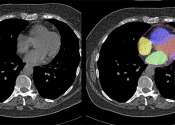Large genomic study finds tri-ancestral origins for Japanese population
A multi-institutional team of geneticists and genomic and genotyping specialists in Japan has sequenced the genomes of thousands of Japanese people from across the country, looking to settle the debate surrounding the ancestry ...









